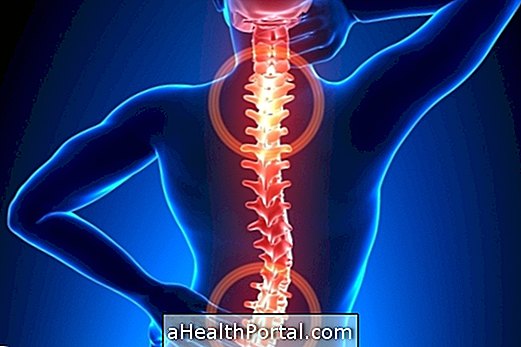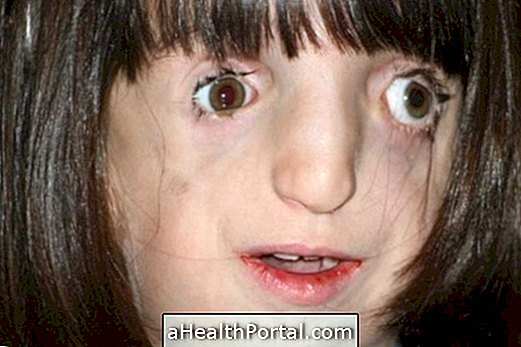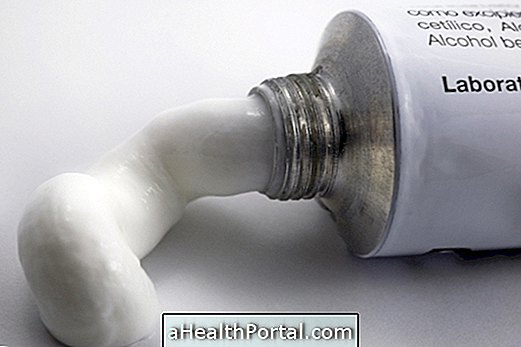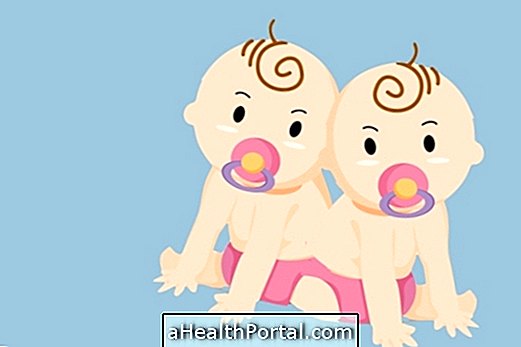Werdnig-Hoffmann syndrome is a degenerative disease that has no cure and therefore its treatment is done to alleviate the symptoms and help the patient to overcome the limitations created by the syndrome, which are related to the lack of strength in the muscles of the whole body.
Thus, treatment may vary according to the patient's age, affected muscles and severity of symptoms:
Difficulty chewing or swallowing
In these cases, it is usually necessary to place a nasogastric tube to the stomach or to have a gastrostomy, which is a tube that goes directly from the skin to the stomach, to allow feeding the patient without the risk of food choking or aspiration into the lungs, which can cause pneumonia, for example. Here's how to use the sona: How to feed a person with a catheter.
The difficulty to chew or swallow is related to the lack of strength in the muscles of the mouth and neck, which can arise in the baby or develop throughout life as the disease progresses.
Difficulty breathing
Difficulty in breathing is one of the most frequent symptoms of Werdnig-Hoffmann's syndrome in infants and therefore it may be necessary to have a tracheostomy, which is the opening of a small hole in the throat, shortly after birth to facilitate breathing and improve the quality of life of the child.
However, in milder cases, where breathing difficulty is less severe, treatment can be done only with the use of a CPAP, which is a device that forces air into the lungs, replacing some of the breath. Learn more about this device in: Nasal CPAP.


Difficulty walking or doing daily tasks
The lack of strength in the muscles of the body always causes limitations for the patient with Werdnig-Hoffmann syndrome, preventing him from performing the simplest daily activities, such as walking, eating, arranging or dressing, for example.
Thus, physical therapy is always indicated for all cases of the disease, not to increase the strength of the muscles, but to help the patient to develop strategies that facilitate the accomplishment of daily tasks, such as using a wheelchair to move or use cutlery special to eat.


Symptoms of Werdnig-Hoffmann syndrome
Symptoms of Werdnig-Hoffmann syndrome may arise soon after birth or gradually set in, appearing only after 10 years of age. In the case of the baby, the disease usually causes:
- Generalized weakness of muscles;
- Excessive flexibility of the joints;
- Difficulty controlling the head, even after 3 months;
- Involuntary contraction of the muscles, including the tongue;
- Difficulty in sucking or swallowing.
Already in the child or in the adult, the symptoms are related to the muscular weakness that usually begins in the legs or arms and it is spreading by the other muscles of the body.
Werdnig-Hoffmann syndrome is a genetic disease that arises when there is a family history of the disease in both the father's family and the mother's family. Thus, when the disease in the family exists, it is recommended to make genetic counseling to assess, through genetic testing, if there is a chance that the baby will be born with the disease.






















